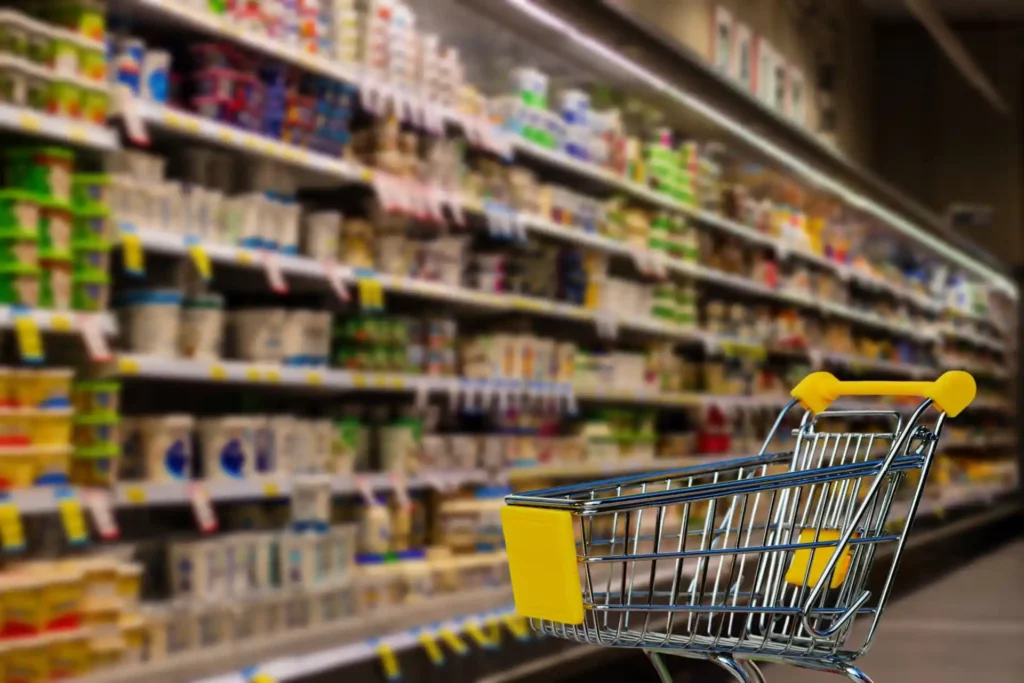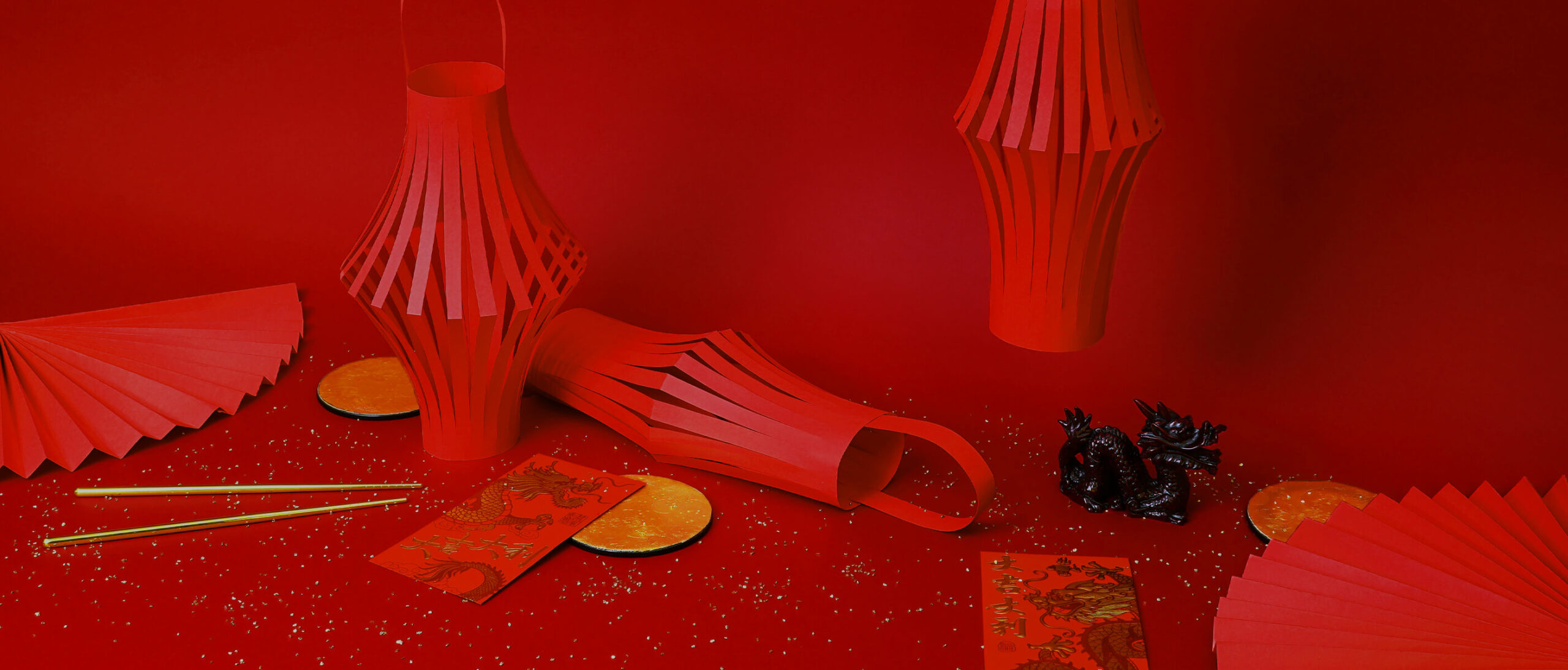Rising food prices are unfortunately here to stay and are putting a strain on grocery budgets. We can’t get around the rising food costs, but we can offer some ways to save by shopping the grocery sales cycles. Now, it takes a bit of planning and getting used to, but trust us, it’s totally worth it.
First things first, what are sales cycles? Most items at the grocery store have a 6–8 cycle, meaning that they’ll go on sale every 6–8 weeks. Non-perishables have a cycle of 10–12 weeks. If you’re serious about saving money, you should take advantage of these sales. Here’s how.
1. Buy enough to last you until the next sale
If the regular price for a box of cereal is $5, and you buy one box a week for six weeks, you’ll pay a total of $30 on cereal.
Now, if cereal goes on sale every six weeks at $3 a box, you can buy six boxes at once to last you until the next sale, paying $18 now. That’s a total of $12 in savings!
Flipp Tipp: If you have a coupon for the cereal, stack it on top of the sale to save even more!
2. Track sales cycles in a spreadsheet
Tracking sales cycles is easier said than done, and will take a bit of time and planning. Sales cycles vary by region and even by store. That’s why there’s no all-inclusive sales cycle guide that we can share with you. If you have a handful of stores that you shop at regularly, the best way to track sales cycles for those stores is to start your own tracker. You can do this in an Excel or Google spreadsheet.
Open your Flipp app before every grocery trip to read the local flyers/weekly ads. If you notice that an item you need is on sale, write it down in your tracker. Repeat the process every time you go grocery shopping, and you’ll start to gather enough data to notice the patterns.
Flipp Tipp: If you can, go grocery shopping Monday–Thursday. You’ll have a better selection of products and can take advantage of the deals before they run out for the week.

3. Stock up on seasonal products
On top of the ongoing sales cycles, certain products will go on sale during specific holidays or seasons. Below is a monthly breakdown of common seasonal sales you should keep your eye on.
JANUARY
- Hot food/winter food: soups, oats, frozen waffles, pancake mix, grits.
- Super Bowl foods and snacks: chips, dips, chicken wings, frozen pizza, vegetable trays, alcoholic drinks, soda.
- Cold remedies: vitamins, cough drops, supplements.
FEBRUARY
- Super Bowl snacks (continued): chips, dips, chicken wings, frozen pizza, vegetable trays, alcoholic drinks, soda.
- Lunar New Year: Asian foods and snacks.
- Canned goods: vegetables, soup, tuna, sauces.
- Valentine’s Day: candy, chocolates, specialty wines, lobster, steak, flowers.
MARCH
- March Madness: chips, dips, chicken wings, frozen pizza, vegetable trays, alcoholic drinks, soda.
- Breakfast cereals: cereal, granola, oatmeal.
- Frozen food: pizza, lasagna, TV dinners, chicken nuggets.
APRIL
- Easter: Eggs, candy, chocolates, ham.
- Passover: Kosher products.
- Spring cleaning: disinfectant sprays, wipes, cleaners, cleaning cloths.
- Spring produce: kiwi, spring onions, artichokes, asparagus.
MAY
- Start of summer: grilling meats, burgers, hotdogs, charcoal, paper products.
- Cinco de Mayo: specialty Mexican foods, salsas, margarita mix, taco shells, tortillas.
- Mother’s Day: cards, chocolates, flowers, specialty wines.
JUNE
- Dairy products: cheese, butter, yogurt.
- 4th of July (late June – early July): Hotdogs, BBQ sauce, pickles, condiments, snacks, disposable plates, paper products.
- Father’s Day: cards, gift cards, beverages, chocolates, premium meats.
- Summer produce: strawberries, blueberries, corn, cucumbers.
JULY
- Frozen treats: ice cream, popsicles.
- Summertime essentials: BBQ items, meats, hot dogs, salad dressing, chips, dips, soda, alcohol.
- Sandwich items: deli meats, bread, condiments.
- Summer produce: peaches, mango, zucchini.
AUGUST
- Back to school: deli meats, peanut butter, jelly, ziploc bags, food storage containers, single-serve snacks.
- Summer clearance: insect repellant, sunscreen, charcoal.
SEPTEMBER
- Fall kickoff: soups, sugar, flour, baking mixes, oil, teas, coffees.
- Fall produce: apples, berries, beets, sweet potatoes, cauliflower.
OCTOBER
- Halloween: candy, chocolates, pumpkins.
- Fall baking: chocolate chips, nuts, baking mixes, canned pumpkin, canned pie filling, spices, vanilla extract.
- National Seafood Month: many seafood sales.
NOVEMBER
- Thanksgiving: turkey, cranberry sauce, dressings, butter.
- Pantry items: oils, crisco, canned goods.
- Hot drinks: coffee, hot cocoa mix, teas.
DECEMBER
- Mostly the same sales as November, plus the ones below.
- Holiday cooking: turkey, prime rib, ham, beef, alcohol, eggnog.
- Convenience party foods: frozen pie, frozen cake, frozen appetizers, deli platters.
With these three simple tips, you can make the most of seasonal and year-round sales. For more detailed tips to save money on groceries, check out our post, 6 Grocery-Saving Strategies for Families On a Budget.




















